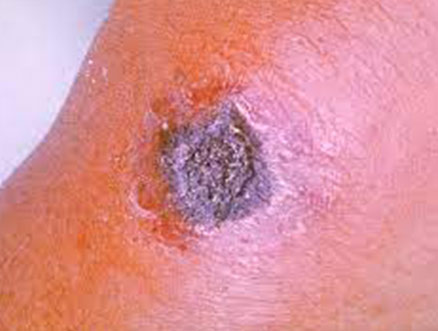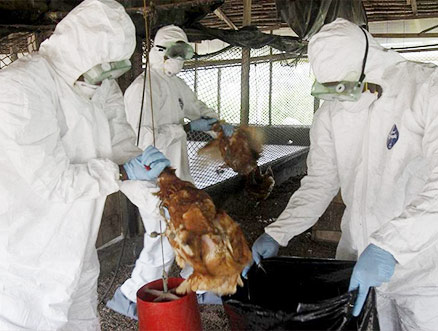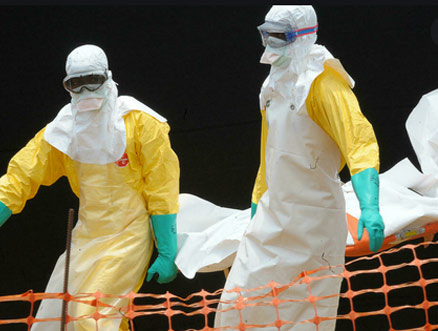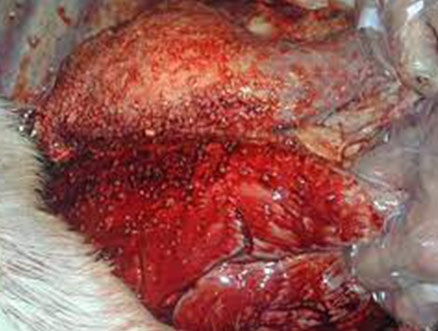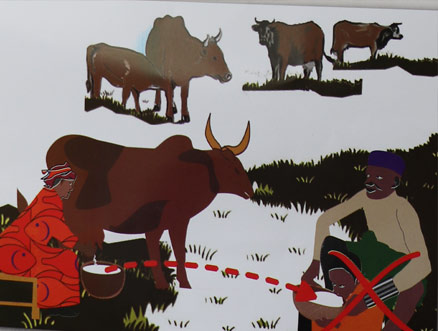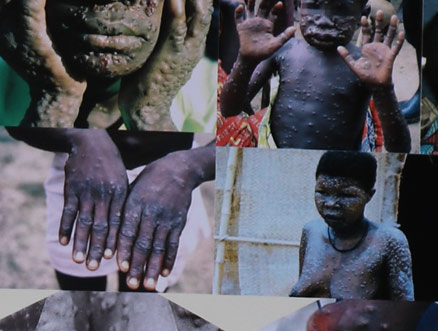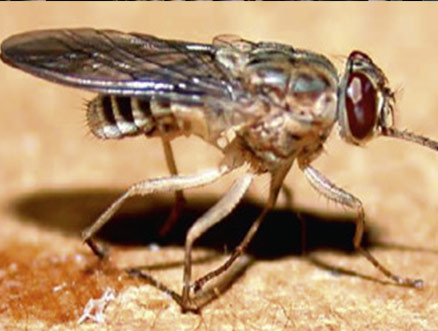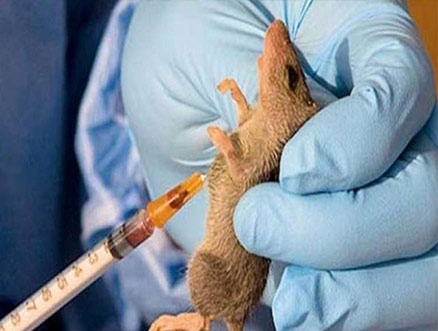Cameroon is particularly vulnerable
Zoonotic diseases are diseases that are naturally spread between animals and people. Most known human infectious diseases and about three-quarters of newly emerging infections originate from animals.
Cameroon is particularly vulnerable to the effect of zoonotic diseases because it is situated in the Congo basin, which is rich in fauna and flora and thus constitutes a fertile environment for the emergence of new pathogens.
The country is also environmentally diverse, ranging from tropical rainforest to high mountains and arid Sahel.
Outbreaks of Ebola virus disease have often been reported from the Congo basin.
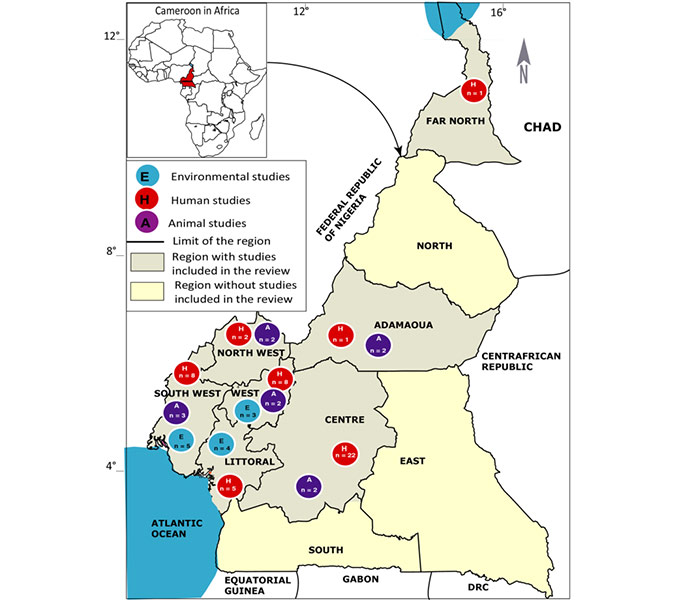
Prioritisation of Zoonoses in Cameroon
The country’s unique landscape can create a wide range of zoonotic disease threats, including persistent diseases associated with livestock losses in the pastoral north to newly emerging viral pathogens in the forested south.
In 2015, a two-day workshop was organized to identify zoonotic diseases of greatest national concern for Cameroon using input from representatives of human health, livestock, environment, wildlife, research, and higher education sectors. During the workshop, representatives identified a list of zoonotic diseases relevant for Cameroon, defined the criteria for prioritization, and determined questions and weights relevant to each criterion.
Five zoonotic diseases were identified as a priority by participants using a semi-quantitative selection tool developed by the U.S. Centers for Disease Control and Prevention (CDC). The five selected zoonotic diseases are; rabies, anthrax, highly pathogenic avian Influenza, Ebola Virus disease, and bovine tuberculosis.
During the fifth session of the Steering committee of the Program, the priorization of zoonoses in agro-ecological zones was validated leading to an increase in the number of priority zoonoses from 5 to 10 as follows :
In 2015, a two-day workshop was organized to identify zoonotic diseases of greatest national concern for Cameroon using input from representatives of human health, livestock, environment, wildlife, research, and higher education sectors. During the workshop, representatives identified a list of zoonotic diseases relevant for Cameroon, defined the criteria for prioritization, and determined questions and weights relevant to each criterion.
Five zoonotic diseases were identified as a priority by participants using a semi-quantitative selection tool developed by the U.S. Centers for Disease Control and Prevention (CDC). The five selected zoonotic diseases are; rabies, anthrax, highly pathogenic avian Influenza, Ebola Virus disease, and bovine tuberculosis.
During the fifth session of the Steering committee of the Program, the priorization of zoonoses in agro-ecological zones was validated leading to an increase in the number of priority zoonoses from 5 to 10 as follows :
Avian influenza
It is a zoonotic disease of humans and most warm blooded animals caused by the Orthomyxovirus.
Ebola
It is an acute viral zoonotic disease of epidemic proportions characterized by fever and hemorrhage in primates, rodents, bats and humans.
Bovine Tuberculosis
An infectious desease caused by the bacteria Mycobacterium bovis. It can be transmitted from animals to humans as well as to other animals.
Salmonellosis
Is an infectious disease caused by bacteria Salmonella, which infect the intestinal tracts of humans, animals and birds.
Brucellosis
Is a contagious disease caused by various bacteria of the family brucella that affect animals and can be transmitted to humans.
Monkey pox
is a sylvatic zoonosis with incidental human infections that usually occur sporadically in forested parts of Central and West Africa.
Trypanosomiasis
also known as “sleeping sickness”, is caused by microscopic parasites of the species Trypanosoma brucei.
Lassa fever
An acute, viral disease carried by a type of rat. It can be life-threatening. It is a hemorrhagic virus.


